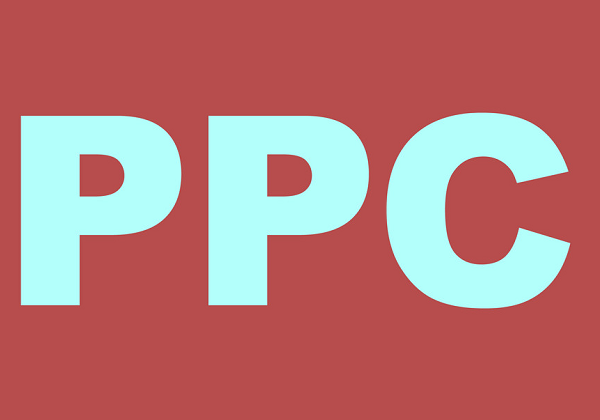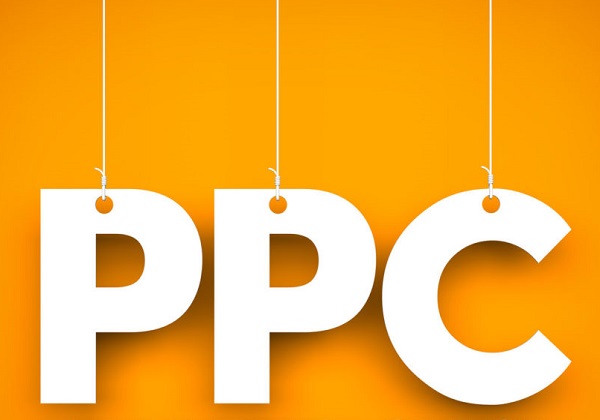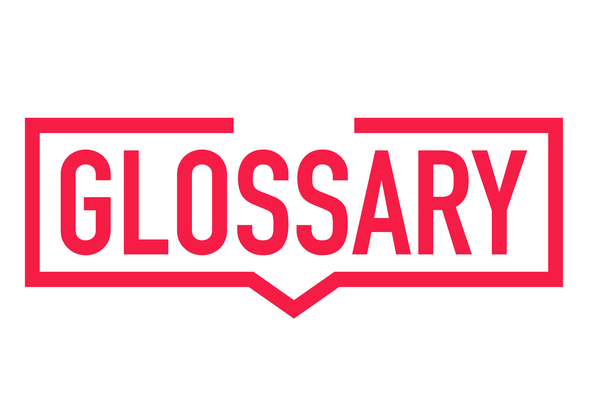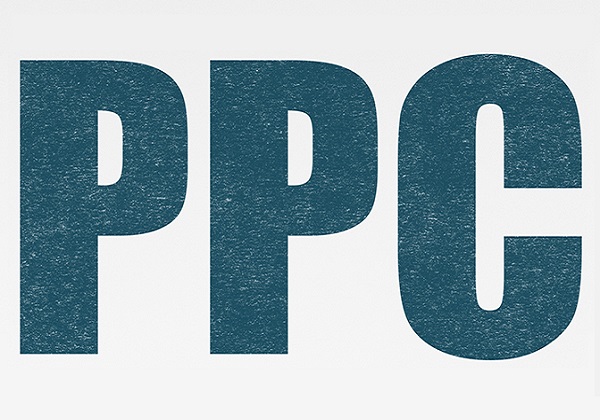



You can easily generate leads by spending thousands of dollars on your pay per click (PPC) campaigns. Your cost per lead (CPL) can be exceptionally effective but Digital Marketing Boy would like you to start the in-depth analysis of your results for a healthy ROI. The strategies for you to generate quality leads from your PPC campaigns are as follows:
A. Track your URLs properly: Make sure you track all the other steps of a user process besides conversions. This will help you to analyze several elements such as the searched keywords, devices, campaigns and websites that helped you to generate leads.
The parameters that should be used in your URLs for tracking purposes are utm_campaign, utm_source, utm_medium, utm_term, utm_device and utm_matchtype. You can access the campaign settings to set up tracking parameters in Google Ads.
B. Isolate Poor Quality Leads: You will have to store tracking parameters (one field for each UTM parameter) into the contact's database of your marketing platform. Perform an analysis once you sync up the lead data with your Customer Relationship Management (CRM). Once you have all the available data, use the lead scoring concept and create reports to isolate poor quality leads.
C. Perform Competitive Analysis: Investigate the strategies of your competitors and you should not copy them. Avoid using competitor's brand keywords in your Google Ads and consider all other paid search elements.
D. Analyze Irrelevant Keywords: Login to your Google AdWords account and access the Search Terms report for analysis of irrelevant keywords generating clicks or impressions. Add these keywords to the negative list and this will not allow Google or Bing to display your Ads for any of these keywords.
You should also check the keywords that have helped you to get quality leads. Let your Ads rank at the top of search results for these keywords by increasing their bids. Search for other related keywords and increase your keywords space. Always build a keyword plan in your pay per click (PPC) strategy to analyze negative and strong keywords.
E. Set up an Ad Schedule: Track the performance of your campaigns once you schedule your Ads. You can pause your campaigns on weekends if you analyze that you are not generating any opportunities during those times.
F. Relevant Keywords Targeting: Use keyword research tools such as KWFinder and Google Keyword Planner to analyze the best keywords for your business. Get more focused by distributing the keywords as per the segmentation of your campaigns. Digital Marketing Boy suggests you focus on long-tail keywords because these will help you to generate more quality leads.
G. Campaigns Segmentation: Analyze the target audience of your business and segment your campaigns into as many groups as possible. You should consider geographic locations, target industries, landing pages, Ads and keywords for segmentation. You can expect high quality leads if you set up the segmentation properly.
H. Ad Copy Usage: You should write Ads that will drive targeted traffic to your website and increase click-through rates (CTRs). Your Ad copy should focus on elements such as pricing, industry, target persona and business size. Consider A/B testing to optimize the performance of your Ads. Each Ad group in your campaigns should have at least two Ads running for the best optimization. As per the lead scoring process, decide which Ads are most effective.
I. Customize your Landing Pages: : Once your Ad is clicked, you get charged and the user visits the landing page of your website. Optimize the landing page elements such as form, call to action (CTA), background and headline to maximize the conversion rates of your landing page.
Form: Your lead generation form should be tested for different placements on the landing page. You can display the form in between the content area, at the bottom of your page or as a popup.
Call to Action: Change the sizes, colors, placements and text of your Call to Action (CTA) for testing.
Background: Several videos or images should be tested for the background of your landing page.
Headline: Try different versions of your headline and optimize the same.
J. Implement Device Tracking: Analyze the devices (smartphone, tablet or computer) that are generating quality leads for your business. Reduce your bids for campaigns on tablet devices if you find that tablet leads are resulting in lower conversion rates.
Pay per click (PPC) campaigns help you to attract business-to-business (B2B) and business-to-customer (B2C) leads. You can expect high-quality leads and conversion rates if you consider the above ten strategies for campaign optimization.

Local PPC can help you connect, engage and grow your business.


Pay per click (PPC) definitions every advertiser should know.
